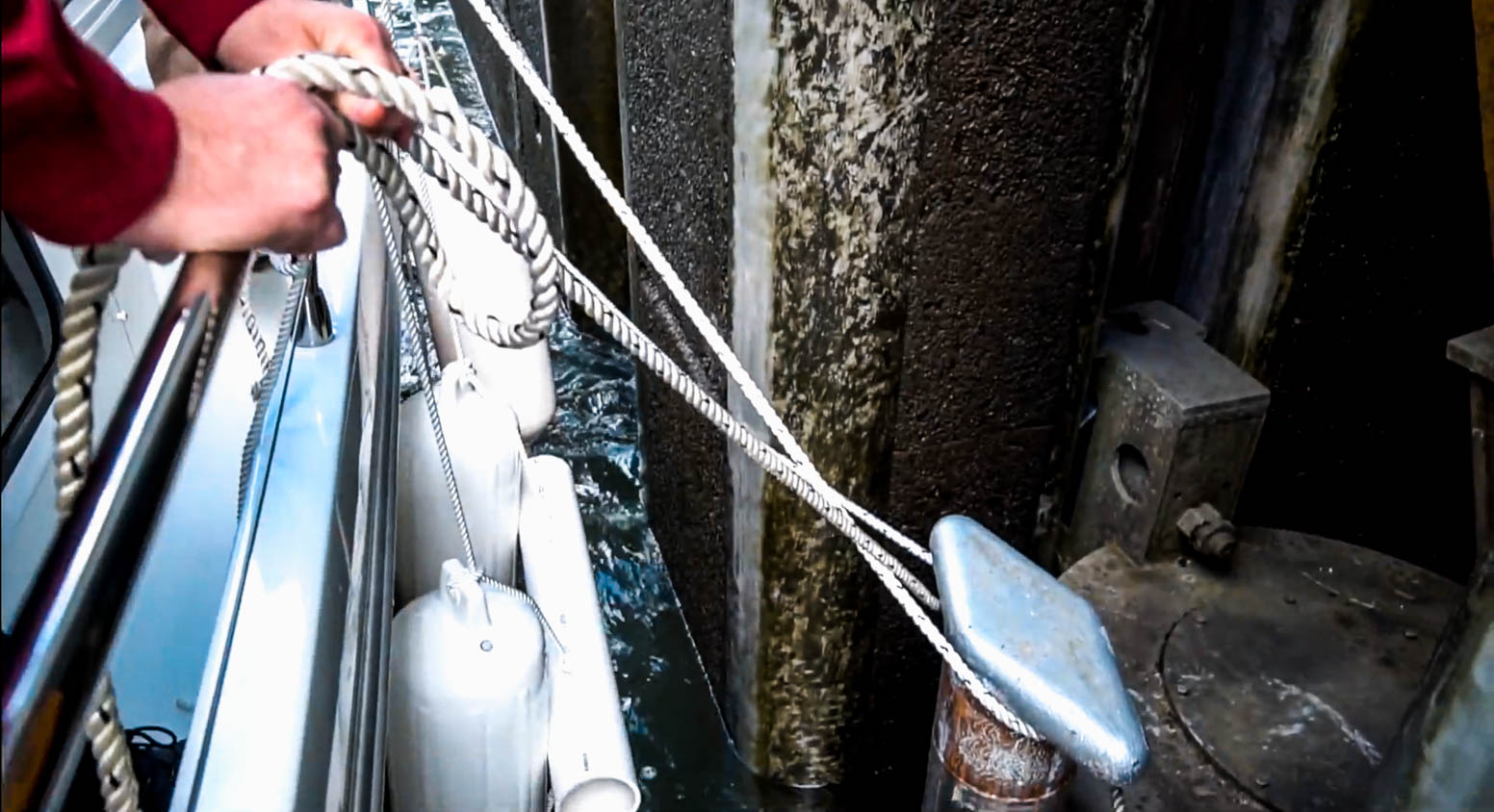One of the most breathtaking sections of the Columbia River is the Columbia River Gorge National Scenic area beyond the Bonneville Locks and The Dalles. With expansive views of canyons, tree-lined mountains, waterfalls, and historic bridges. Starting at the Bonneville dam east of Portland, each set of locks increases the elevation of the water from 8 feet above sea level to 700 feet by the time you reach Lewiston, Idaho. By navigating a series of locks, you can continue to travel east to Idaho on the Columbia and Snake Rivers. This journey can be intimidating to new and even experienced boaters. In this article, we will demonstrate how easy locking through can be with clear step-by-step instructions to ensure a successful journey.
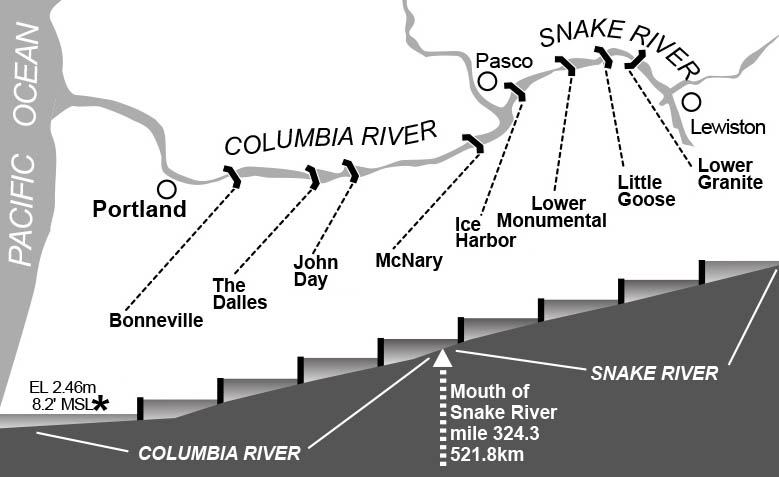
Locks along the Columbia and Snake River. Image © US Army Corps of Engineers
Prepare
First, you want to make sure your fuel tanks are full and that you have the relevant charts for the sections of the river you plan on navigating. It is essential to have fenders and adequate ropes for the two spring lines and to confidence with relevant knots to make quick adjustments. Some experienced boaters can navigate the locks entirely on their own. However, we recommend a minimum of three people, including a pilot, to successfully tie down to the mooring bits in the lock.
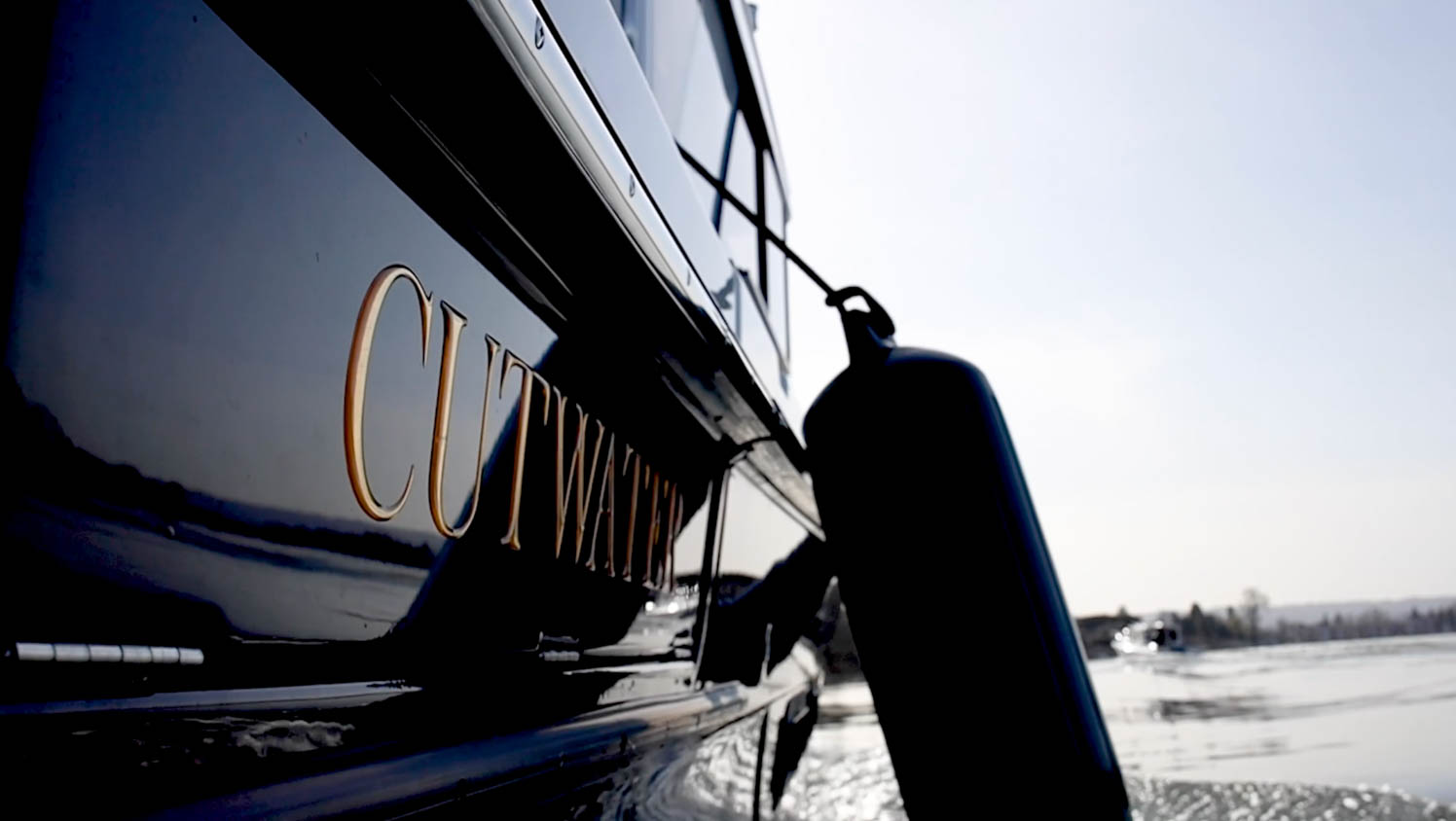
Adjust the fenders for the outermost edge of boat.
Make First Contact
You must contact the lock operator 30 minutes before arrival. Consult your charts to determine the appropriate place to engage in contact with lock operators based on your planned cruising speed. On a chart, you can see that the Bonneville Dam is at mile marker 145. If your cruising speed is about 20 knots, you will need to establish the first contact within 10 miles, or mile marker 135, which is after Sand Island and just before Multnomah Falls. To establish the first contact with the lock operator, you can call them on the phone at 541-374-8323, or the VHF radio on channel 14. To contact the operator, tune to channel 14, and verify the channel is clear. Say "WUJ33 Bonneville this is [Your Boat Name]. I am approaching the lock East-bound and expecting to arrive in 30 minutes to lock through." You should tell them the type of boat that you were driving, such as a powerboat or a sailboat, and the total length. The lock operator may warn you of a push, which means the currents are high from water released from the dam, and it may slow you down significantly.
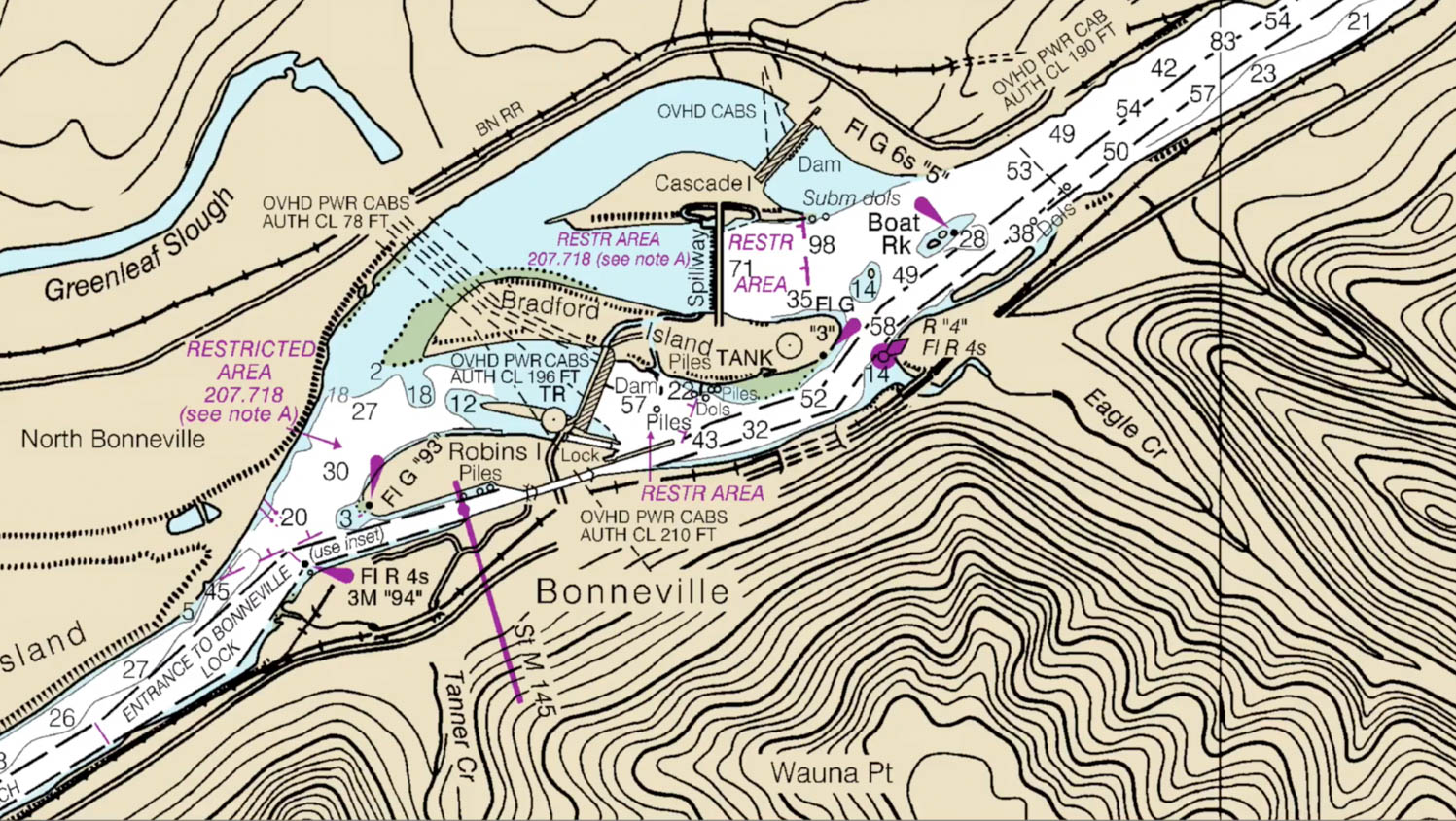
Follow Lock Operator Instruction
As you approach the lock, watch for the turning points as shown on the charts. The lock operator might describe this as a large round concrete tank. You will need to turn right towards the lock at this point. It's essential to turn here instead of left towards the dam and its dangerous currents. At this point, you can make contact with the lock operator again and follow their instructions, including when to enter the lock, which side to position your craft, and which mooring bits to use. Tell the walk operator your preferred side to tie down but be prepared to change sides if necessary. Your bow must always be forward in the lock. The operator may instruct you to enter the locks but also pay attention to the traffic lights that indicate it is safe to enter.
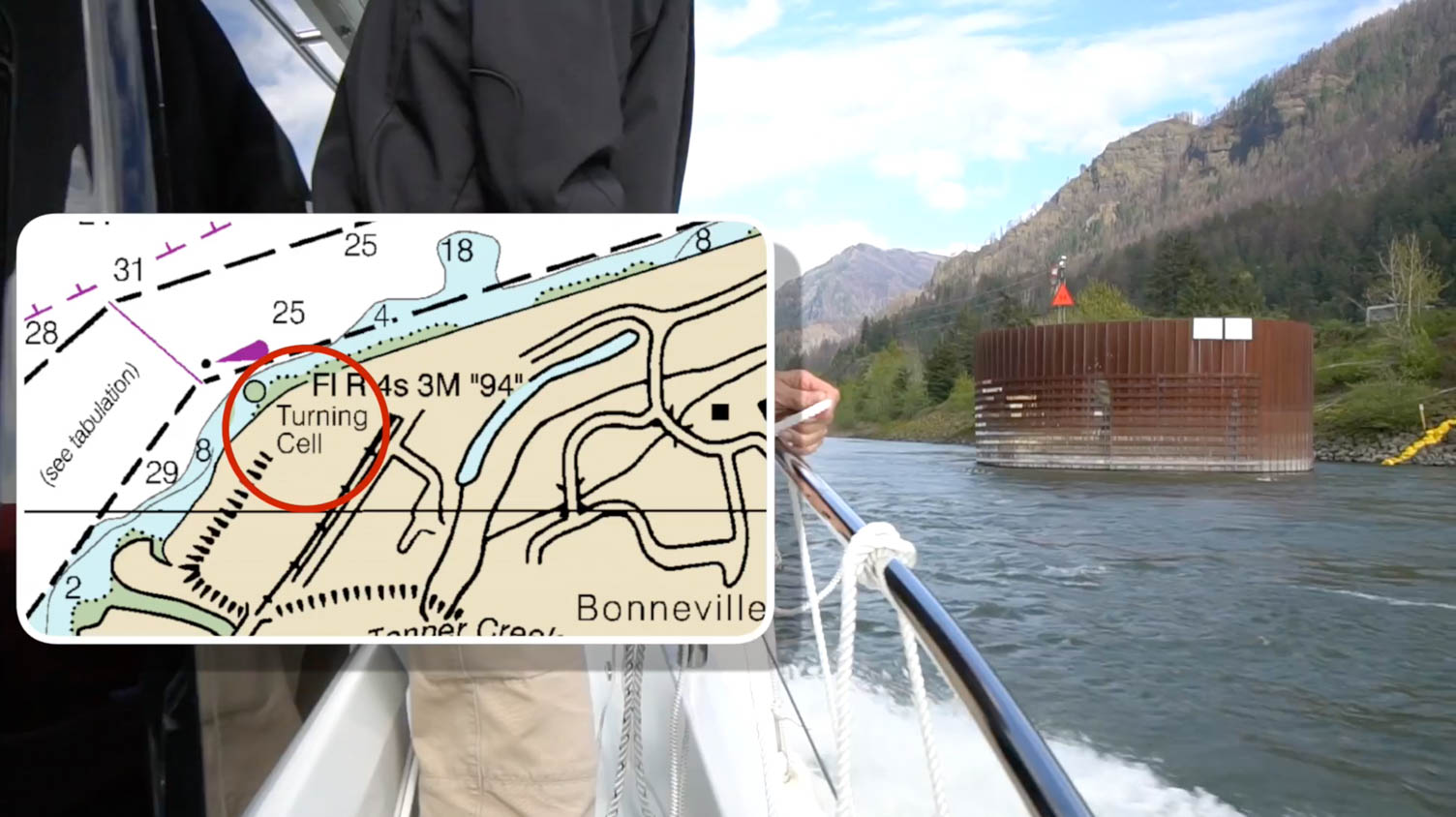
Hold the Lines
Take two spring lines, one tied to the bow, one tied to the stern, and bring them to the center of the boat. Each rope should then wrap around the Mooring bit with a single turn. Rope handlers should then hold the rope on your boat. For your cruise safety, it's important that the ropes not be tied to the boat; this is because the bit will raise and lower with the water level. If, for some reason, it gets stuck, your boat could get pulled underwater. By holding the lines, you can't quickly release them. Continue to hold the ropes as the water level changes until the gates open, and the operator instructs you to leave. After the water level reaches the proper level, the gates will open, and there will be some indication that it is okay to go, which should be slowly and orderly. The most important thing to do is to watch and listen for instruction for a safe exit.
